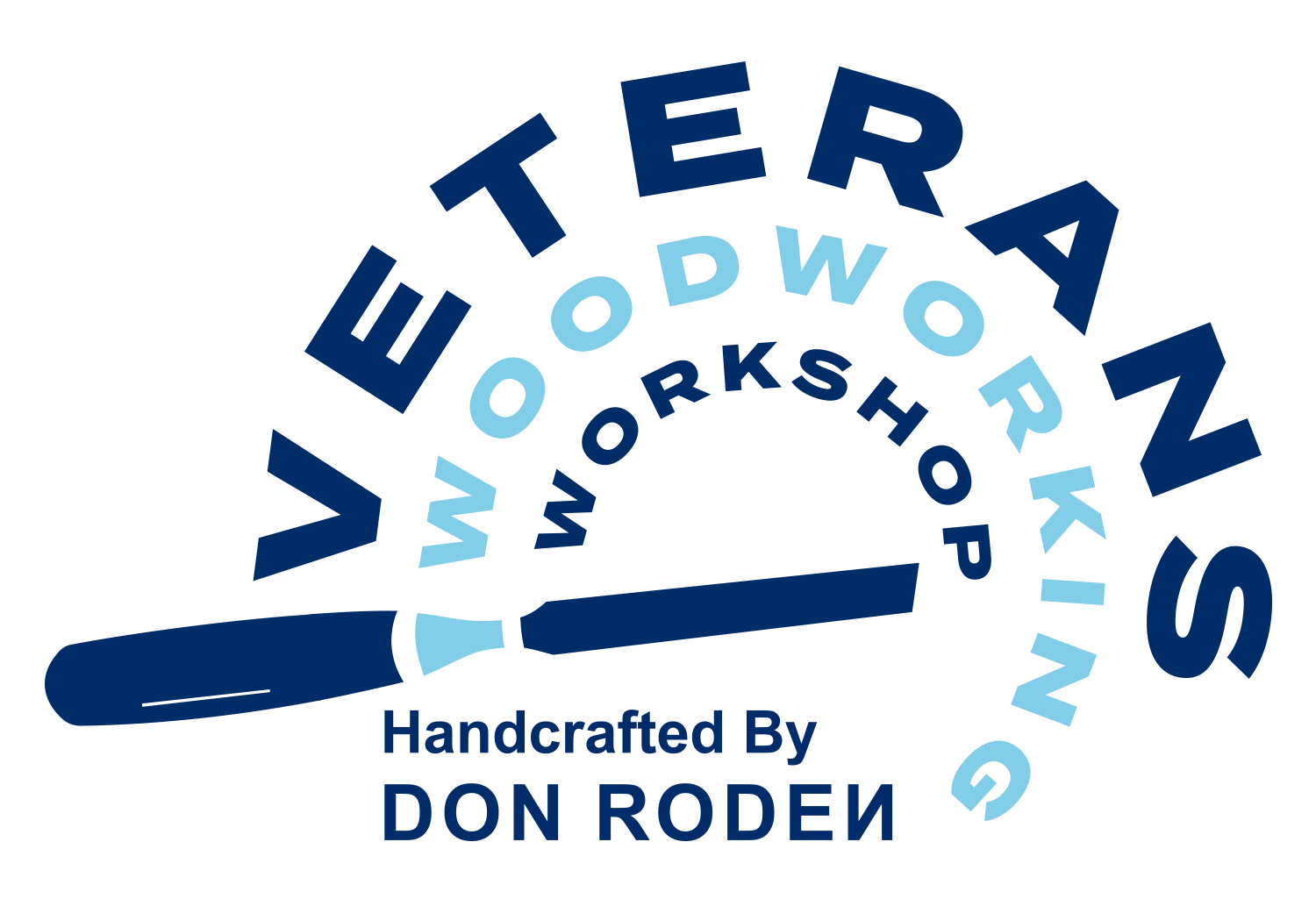The indigenous people see trees as alive. People are like trees and trees are like people. Trees can teach us a lot about ourselves. We all have skin just like trees have bark, some is light, and some is dark. Some is rough and some is smooth, just like the layers of our skin. Under the skin, and the bark, is a new layer of growth. As we grow older and last year’s layer of growth is added to the already existing layers that have formed over time, the cells remember those years of triumph and of trouble, of nutrients and of drought, of sunshine and of storms.
As humans all the things we have experienced are there, inside us just like the trees; each layer of growth is shown in a growth ring in the tree; for humans it may be in our memories. By examining a tree, it can tell you its history by showing its growth rings, closer together or farther apart, the good seasons and the bad. Damage from the weather or people’s actions around the tree will be reflected in the tree’s growth rings.
I recently turned a piece of 300-year-old White Oak that was harvested from a tree that fell in a storm. It was in front of a house in Knoxville, TN that was a part of a Civil War Camp. The tree was documented in historical writings to have held signs pointing to different parts of the camp. It had black portions in the grain that were stains from the iron in a cannonball that had impacted the tree over its life more than 150 years ago. I looked at this part of the wood as I began to decide where it would be prominent in the final piece, to display its trauma.
People, just like trees, also remember and hold traumas in our bodies. In a tree, when new growth appears, such as when a new limb is starting to grow, the grain of that section changes to support the new growth. It provides more strength on one side to support the weight of that new branch; you can see it in the grain of each tree. And in people, for example, when a child is born, we change our focus to support the new life we are responsible for, yet we must continue as usual in other parts of our lives. The new growth (our infant) adds beauty and also additional stress on that part of the tree (family), while working to become one with the rest of the tree (our whole life). Families change their pattern of growth “rings” to support and nurture the new child. Yet for a tree, during times of growth, not all of the tree becomes hardened and ridged as it works to support the new branch. The rest of the tree remains flexible and bends with the wind, absorbs the sunshine and the moisture that is provided – continuing to grow through its cycle of life with each passing season. We humans are the same.
People often become hardened and less flexible over time when the storms of life apply forces to them; they are not flexible like the tree and will often break under those forces. We need to remember, like the tree, to become strong to support new life and yet flexible to absorb the forces of life that come our way; so that we bend with them and yet we do not break.
For me, woodturning is a spiritual experience with the tree nation. I look at trees in a whole different way than most people. Looking at their growth over time and wondering what they may have experienced in their lifetime. How can I create something with this piece of wood in front of me that will honor all the seasons of its life? When I see trees that have been broken in a storm and are lying on the ground, I want to take a part of that tree and put it on the lathe to expose the inner beauty and show the world what a complex and amazing life it had. Seeing the inner life of the wood reveals both the good times and the rough times, and yet it preserved through it all and shared itself with the world.
What can we learn from the tree people? Are we so ridged that in the first major storm we encounter, we have no flexibility and will break? Or are we going to remain flexible and bend with the prevailing winds, sharing our beauty and lessons learned for another season?
So much wood…so little time to turn.
Don
